Juicing has become popular in the last few years as Americans look to eat healthier and stay fit. Plus, squeezing your own fresh juice at home is relatively easy and, usually, less expensive than store-bought juice. One of the big questions that many folks have about fresh-squeezed juice, though, is how to store it. Which containers are best, for example, and how long will fresh juice last in the fridge. If you’ve just started juicing, we’ve got the answer to those questions for you and several more! Enjoy!
What’s the Difference Between Store-Bought Juice and Fresh Squeezed?
If there’s one thing that confuses people the most about juice, it’s the difference between store-bought and fresh-squeezed. Some believe that store-bought is just as good, but that’s not exactly true. Store-bought juice tends to have a much higher concentration of sugar than fresh-squeezed juice. Also, modern processing, pasteurization, and other mass-produced methods destroy much of juices’ natural goodness. Last but certainly not least, by the time it reaches your home, store-bought juice is far from ‘fresh.’
All of that being said, fresh juice is really the way to go, if possible. Cold-pressed fresh juice is the method most people use at home. Besides newer devices, this process hasn’t changed in eons. The fruit or vegetables used are pressed between two metal plates to squeeze out all their precious, tasty juice. The benefits of cold-pressed juice are just as good as they were back then, too, including:
- The juice retains more of the fruit and vegetable’s vitamins and minerals.
- There’s no added sugar to be found, and no artificial sweeteners are ever used. (Unless you, ugh, add your own.)
- The nutrient amount is higher than store-bought juice.
- It’s as fresh as you can get, ready to drink right after squeezing.
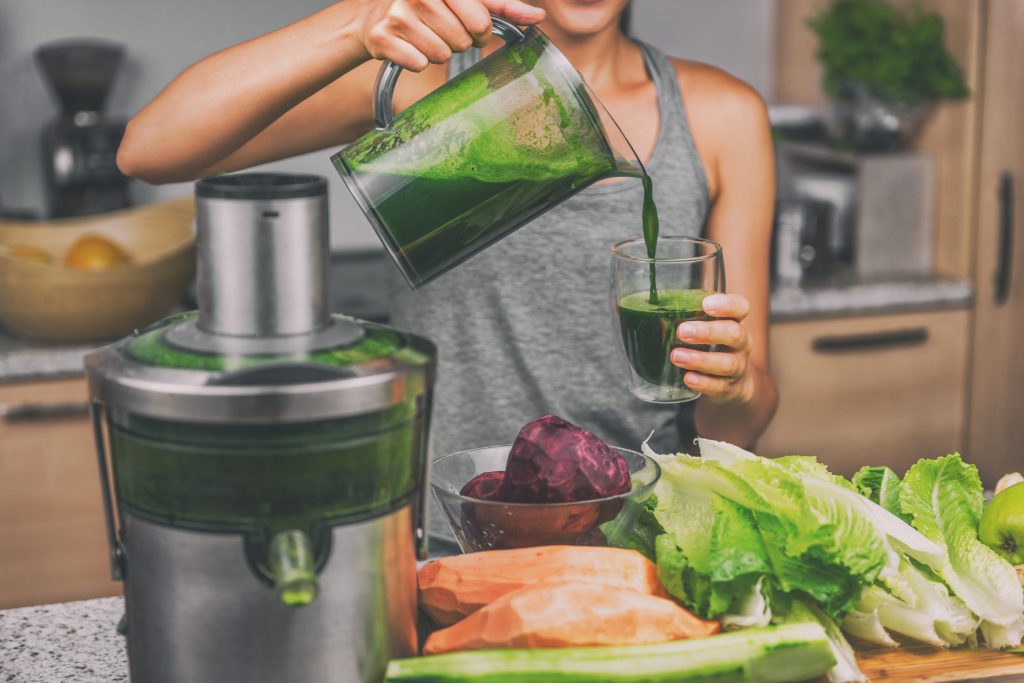
Tips for How to Store Juice After Juicing
Here’s a fact; The best time to drink fresh fruit and vegetable juice is directly after it’s been squeezed. That way, all of the available vitamins and minerals are still present and viable. A nutritionist will tell you that you should drink fresh juice immediately after squeezing or within the first hour. Of course, if you juice a lot of fruits and veggies, you may have too much to drink all at once. In that case, storing it correctly to reduce nutrient degradation is your best bet. Here are the best Tips we know about to do exactly that:
Put Juice in Airtight, Glass Containers
Two things about juice that are interesting. One, oxygen degrades the nutrients they provide. Two, the acid in many juices can break down plastic. That’s why storing it in an airtight, glass container is always best. No oxygen can get in and degrade nutrients, and any acids can’t harm the glass. (Plus, you won’t get polyethylene and other nasty stuff in your juice.)
Fill the Container As Much as Possible
Knowing that oxygen degrades the nutrient value of your juice, fill the container as much as possible. That way, you can minimize its exposure to oxygen.
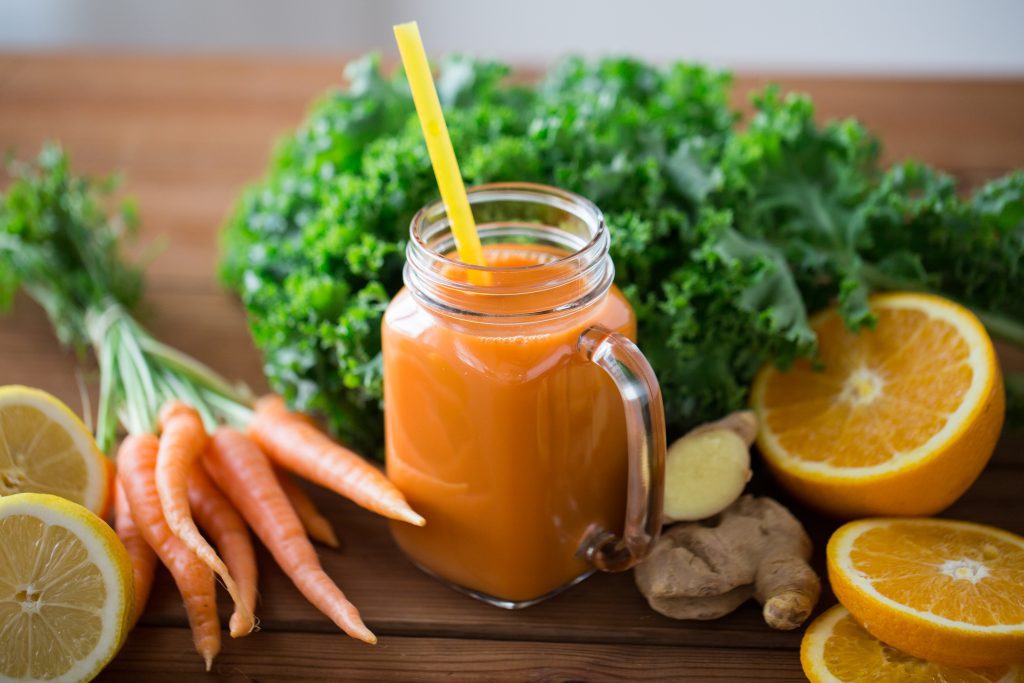
Store Fresh Juice Right Away After Squeezing
Unfortunately, fresh-squeezed vegetable and fruit juices lose their nutritional value quite quickly. That’s why you should store them immediately after squeezing. That way, they won’t lose as much of their nutritional punch.
Add A Piece of Citrus Fruit to Your Juice
Here’s an interesting and valuable tip! If you add a slice of citrus fruit like lime, lemon, or grapefruit to your juice, it reduces nutrient loss. Plus, it will boost the amount of vitamin C and antioxidants in your juice. (If you’ve ever squeezed lemon juice over apples or bananas to stop them from turning brown, it’s the same natural process.)
Throw Some Celery in Your Juice
On that note, celery keeps great in the refrigerator and it’s loaded with minerals and vitamins, including Vitamin A, C, and K. It also has potassium and folate, minerals that are vital for excellent health. We suggest always putting a couple of pieces in your juices.
Drink Your It Within 72 Hours (3 Days)
We’ve talked about fresh juice nutrient loss quite a bit. Again, fresh juice loses nutrients quickly (which is why store-bought juices have even less nutritional value). That’s why nutritionists recommend you drink your fresh juice within 24 to 48 hours or, at most, 72 hours.
You Can Freeze Fresh Juice
If drinking your freshly-squeezed juice isn’t possible within two or three days, you should consider freezing it. That will stop the nutrients from being quickly lost. An airtight, glass container is again best. This time, though, leave about half an inch of space at the top for expansion when freezing. It’s recommended to thaw your frozen fresh juice in the refrigerator. When thawed, drink it as soon as possible.

What Happens to Juice That’s Too Old?
Like any fresh food, juice will start to “go bad” after a few days. Here’s what happens after three days in the refrigerator:
- Your juice will lose upwards of 80% of its nutritional value.
- It will appear dark and dull because of oxidation.
- The flavor can change quite a bit.
- Bacteria begin to grow in it that can upset your stomach.
Brought to You By SecurCare Self Storage
We hope that this article was very informative and helpful. It’s actually part of our wellness series for 2021! If you want to learn more about wellness and how to live your best life in the coming year, read that guide!! Until then, all of us here at SecurCare Self Storage wish you all the best for a happy, healthy 2021!
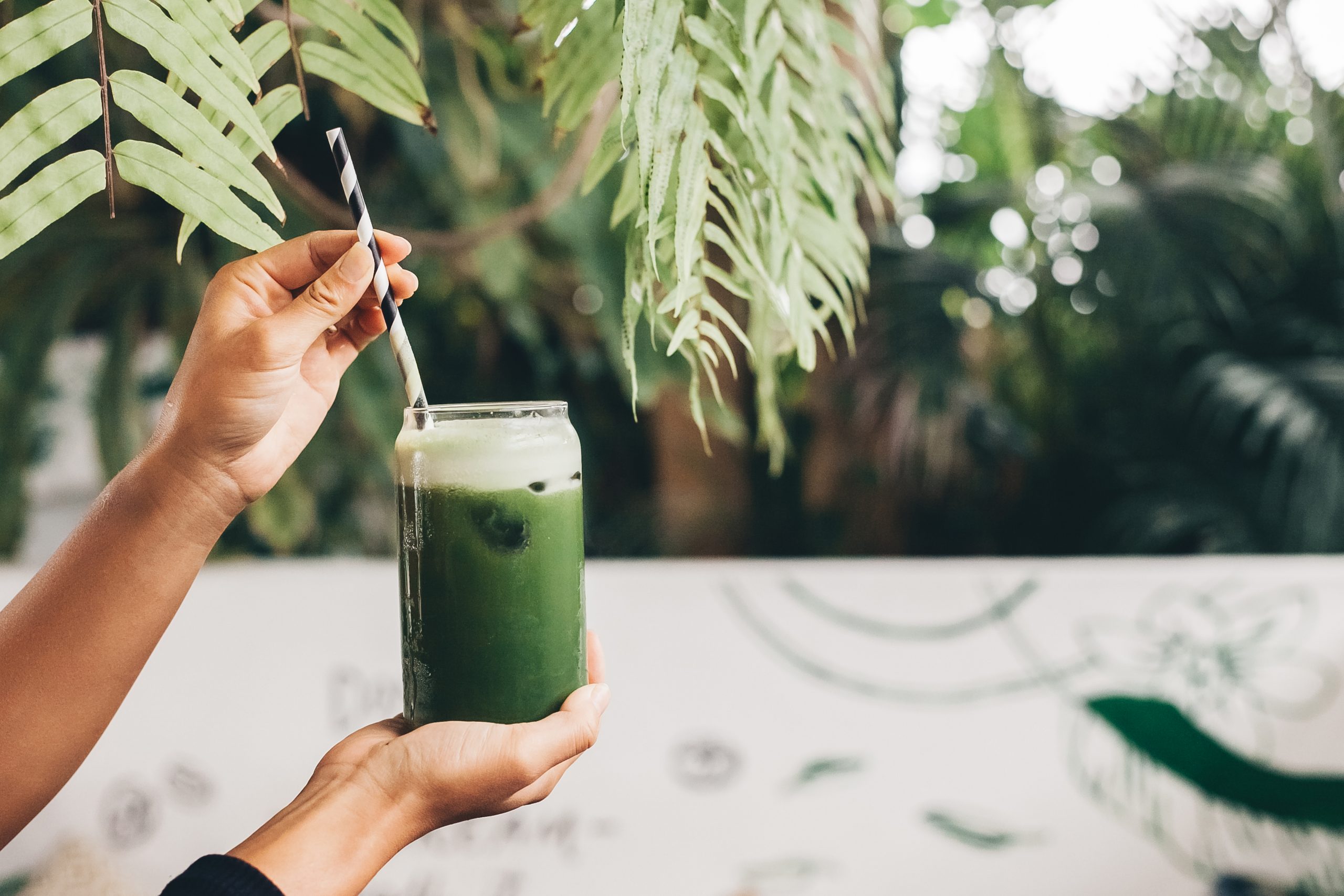
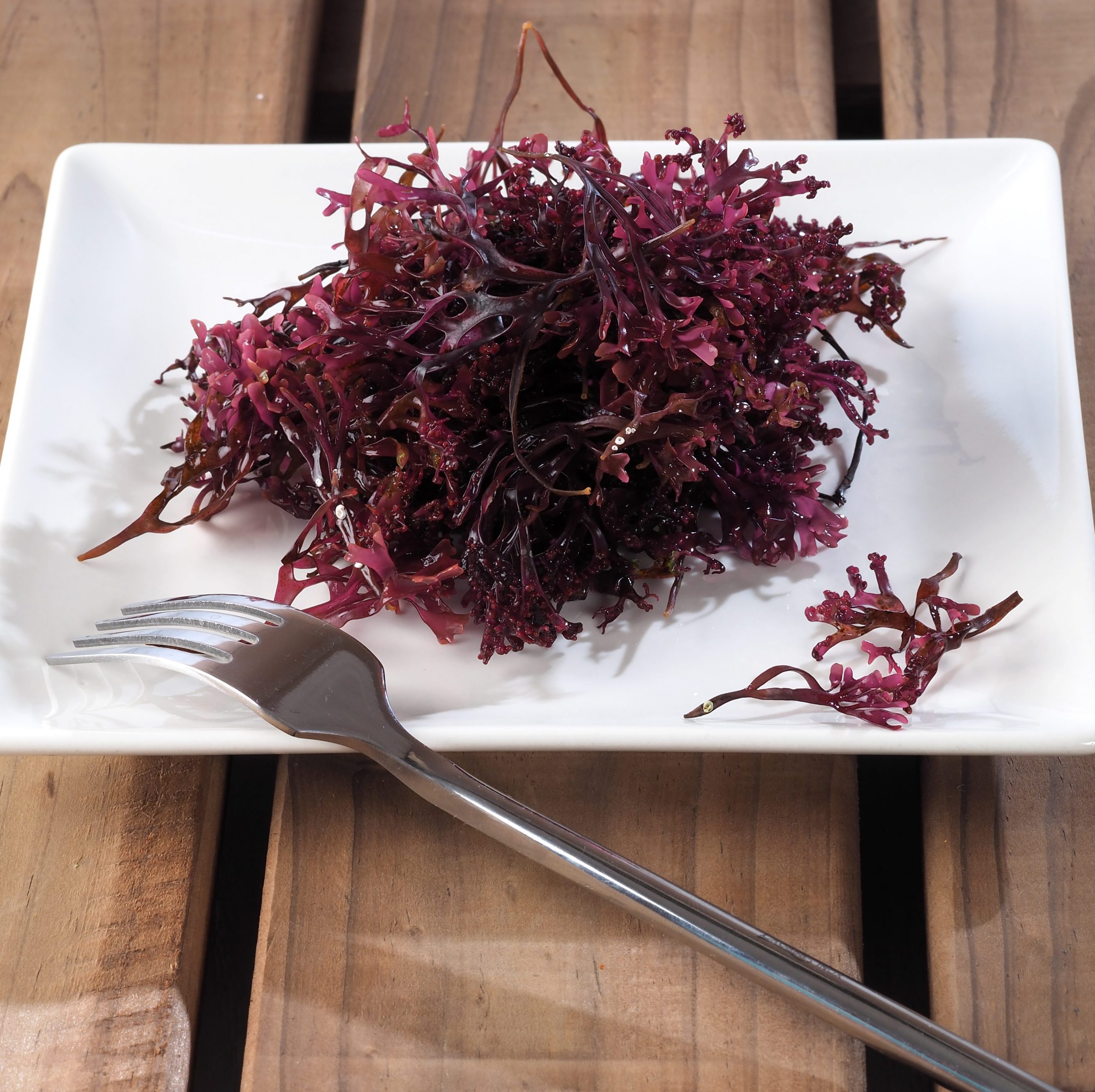
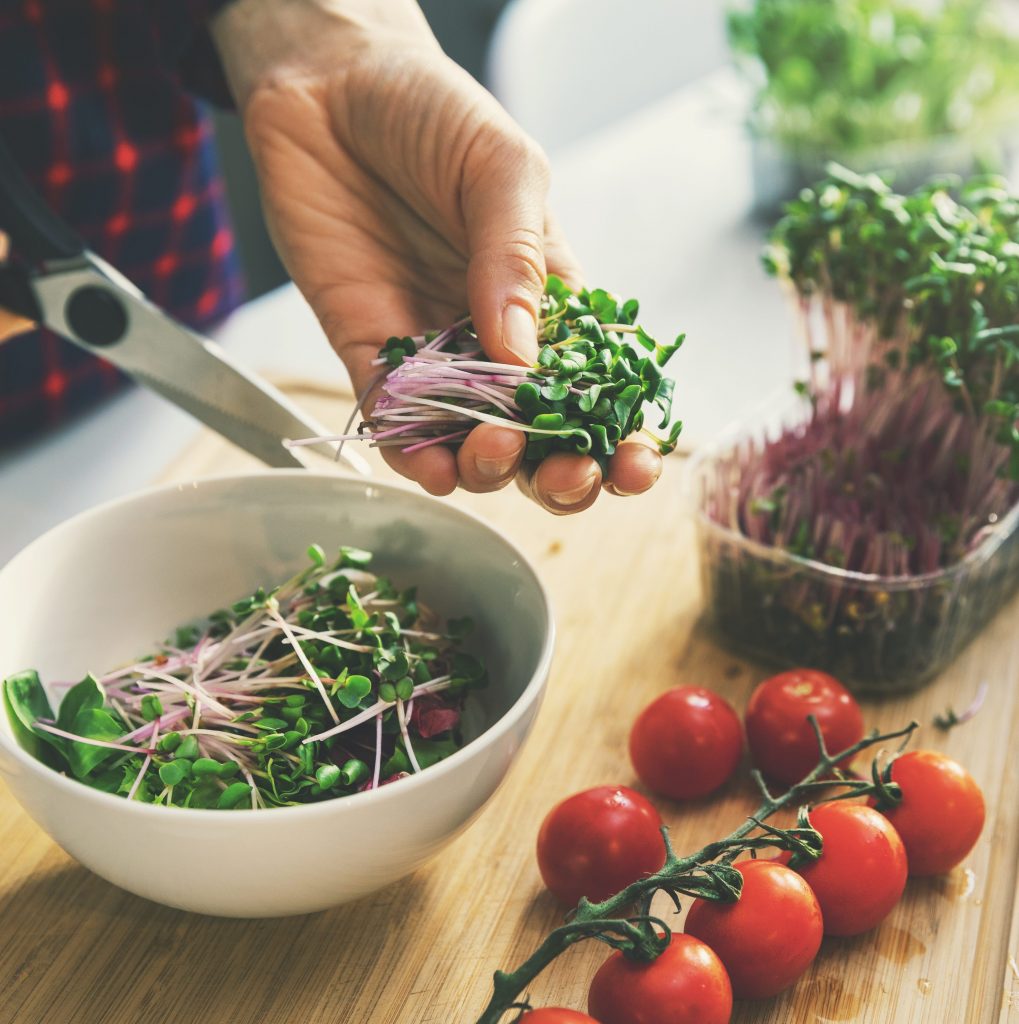
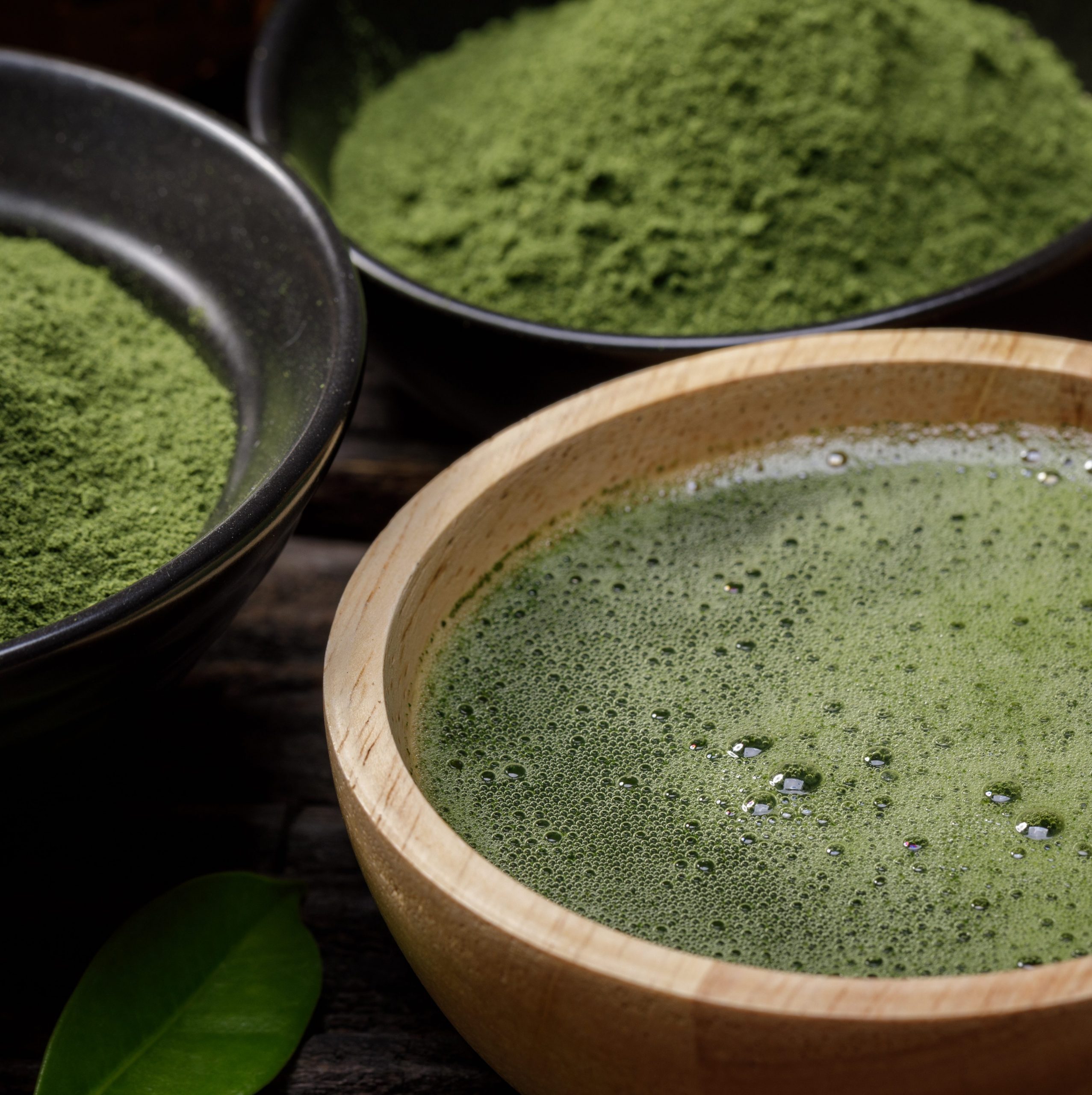
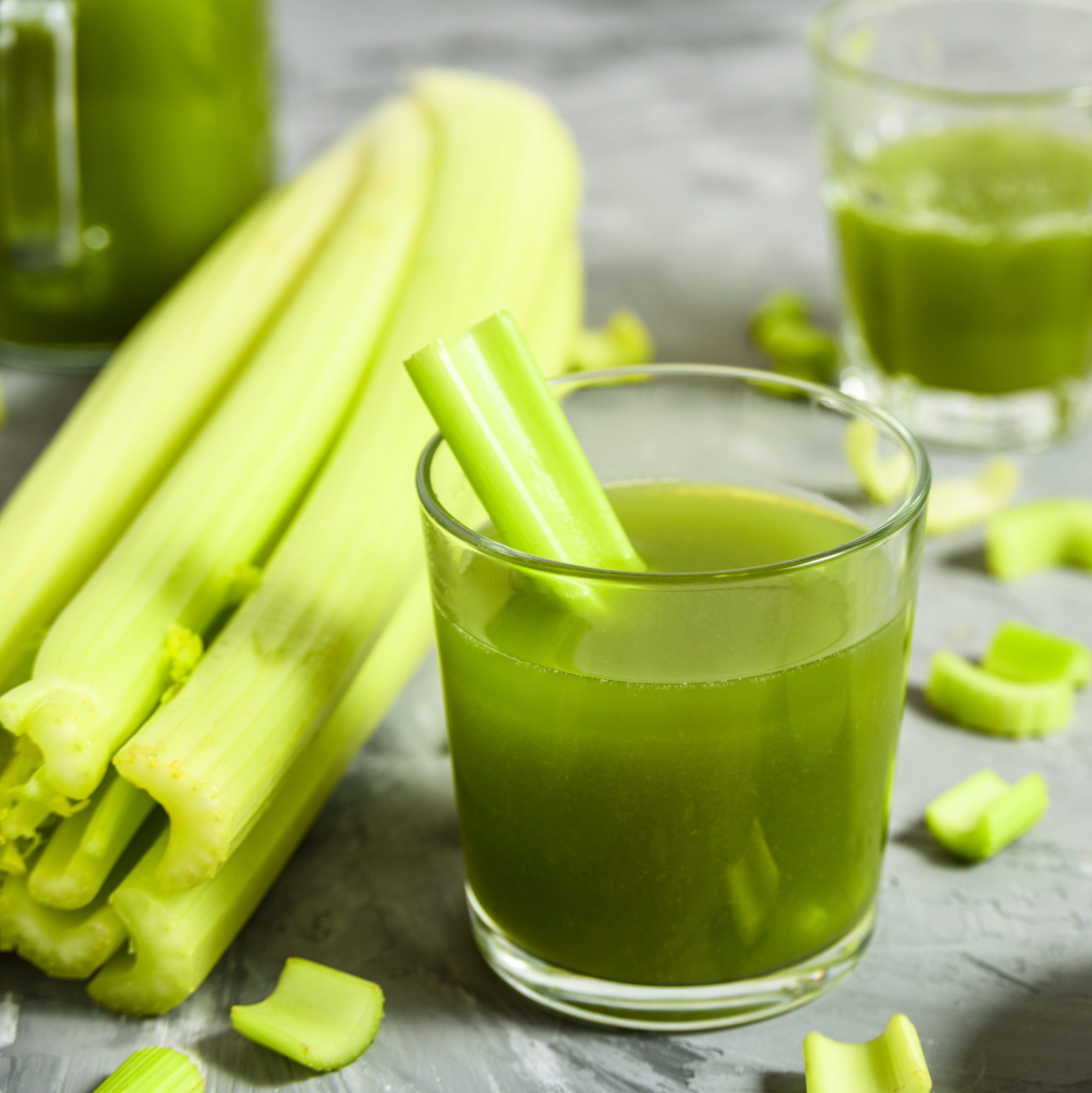
I had my sea moss in a jar for over 6months but in fridge is it still good to use.
?Can I use my bought sea moss in jar after 6 months it’s still in my fridge closed tight.
Very informative on an healthy intake for a healthier body and long life.
Very informative for a better you.
Pls add me to mailing list
what kind of juicer is that pictured in the image.
I have searched the internet for the image and can not find it.
Can you if you so inclined please let me know. Thanks for all the helpful tips.
Thank you for this helpful breakdown. Finally figured why my pineapple+watermelon juice went sour the next day after cold pressing the juice.
I stored with a plastic container and I didn’t fill it to the brim.
No problem! We’re glad we could help.